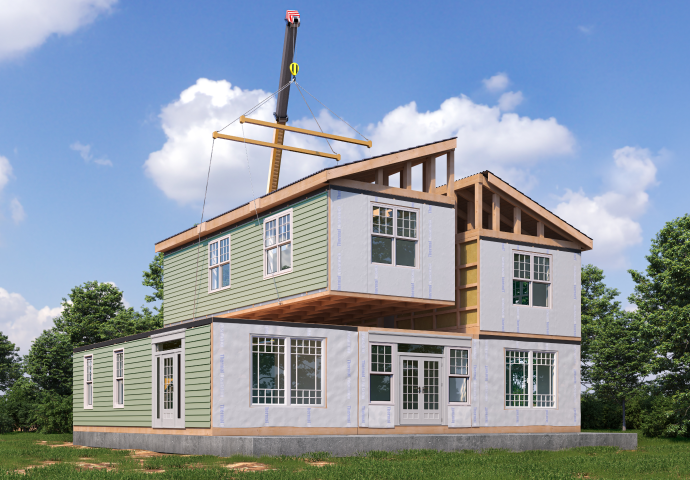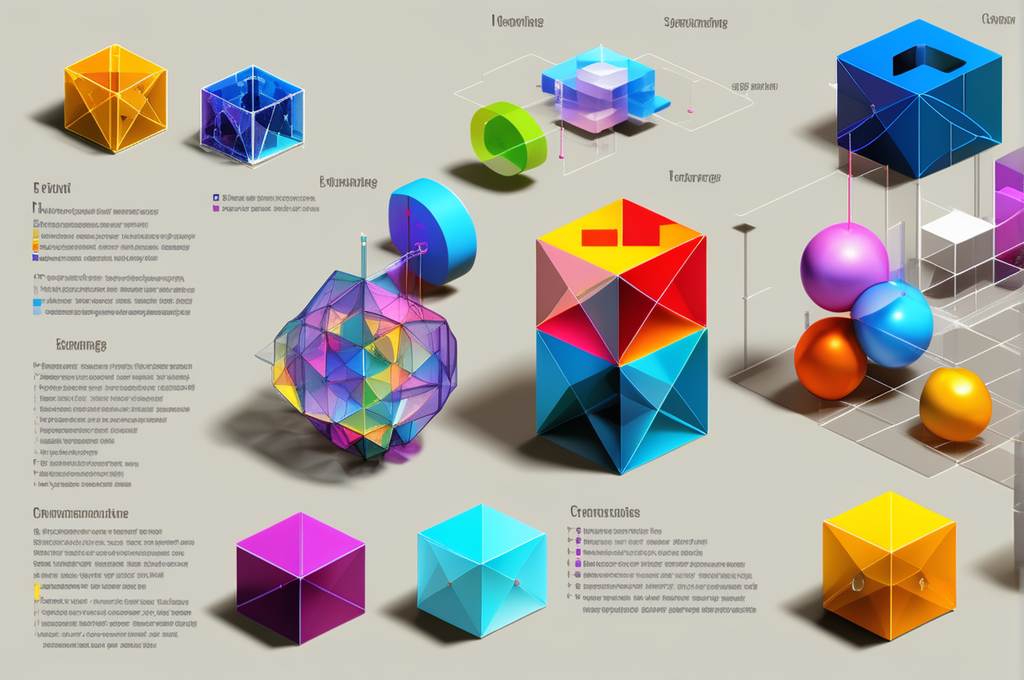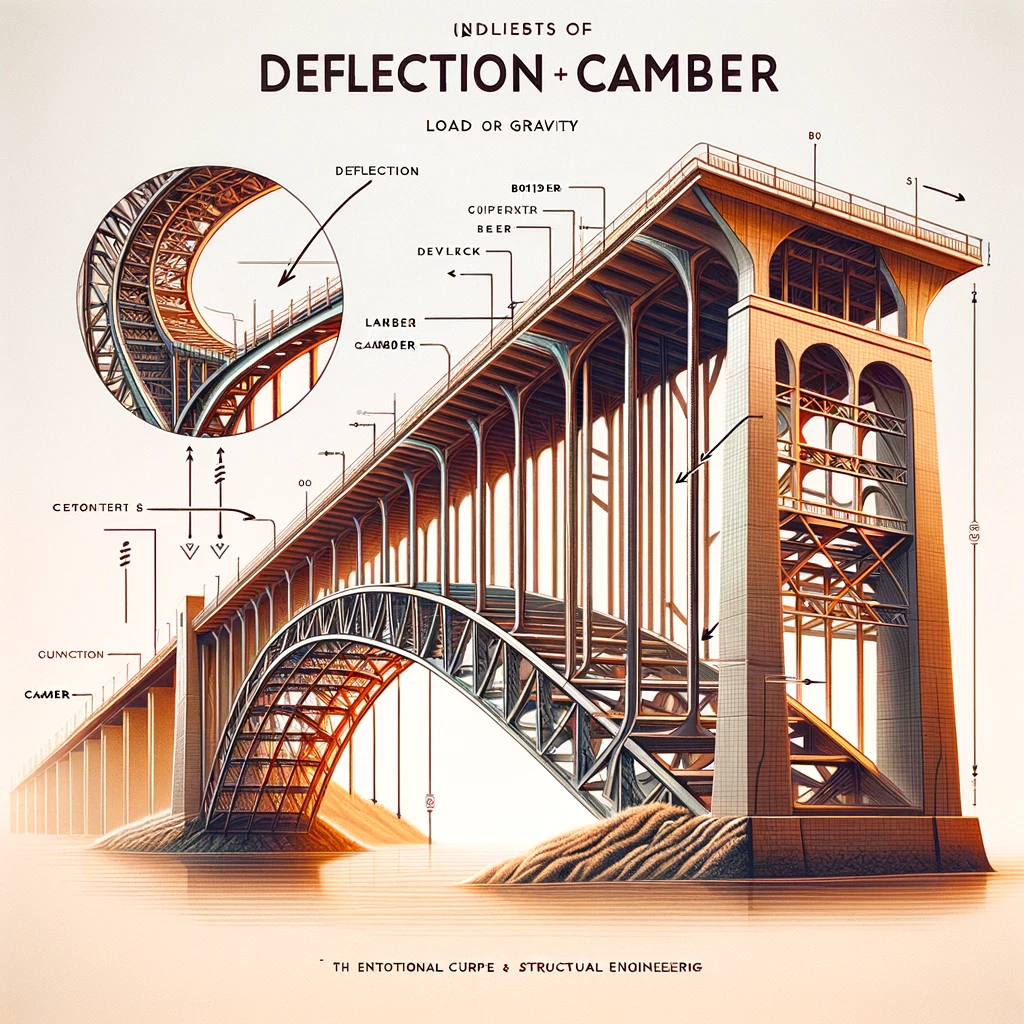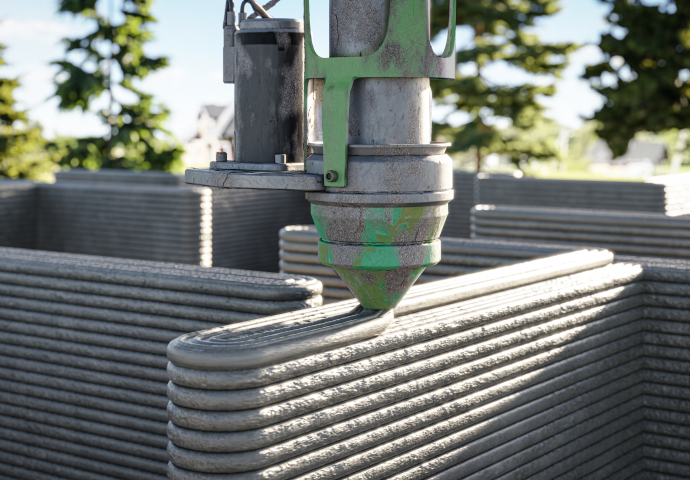Intro
As civil engineers, we constantly seek ways to improve efficiency, reduce costs, and minimize environmental impact. One way to achieve these goals is prefabricated construction. This approach, also known as prefabrication, is transforming the industry by offering innovative solutions that meet the demands of modern construction. But what exactly is prefabricated construction, and why should we, as civil engineers, consider it for our projects?
What is Prefabricated Construction?

Prefabricated construction is a method where building components are manufactured in a factory setting before being transported to the construction site for assembly. These components, often referred to as prefab buildings, can include walls, floors, roofs, and entire room-sized modules. The process allows for precise manufacturing conditions, which significantly improves the quality and durability of the final product.
Advantages of Prefabrication
Prefabrication offers several advantages that make it an attractive option for modern construction projects.
Efficiency and Speed
One of the most significant benefits of prefabricated construction is the reduction in construction time. Since the components are manufactured simultaneously with site preparation, the overall project timeline can be shortened by up to 50%. This efficiency is particularly valuable for projects with tight deadlines or those located in regions with adverse weather conditions that can delay traditional construction methods.
Cost-Effectiveness
Prefabrication can lead to substantial cost savings. The controlled factory environment reduces waste and minimizes the risk of on-site errors, which can be costly to rectify. Additionally, the predictability of factory production schedules means fewer delays and a more streamlined process, further reducing labor and material costs. An additional advantage is that minimizing on-site work reduces the risk of safety accidents.
Quality and Precision
In factory settings, more precision and quality control are possible than on-site construction. Each component is produced through standardized processes, ensuring consistency and reducing the likelihood of defects. This precision translates to better structural integrity and a longer lifespan for prefab buildings.
Sustainability
Prefabricated construction is inherently more sustainable than traditional methods. The efficient use of materials in a controlled environment results in less waste. In the prefab process, the industrial waste generated from on-site work is minimized. Moreover, the ability to reuse and recycle materials is enhanced in a factory setting.
Examples of Prefabricated Construction
Mini Sky City in Changsha : 57-story, 204m high

Can you believe that a 57-story building was completed in just 19 days? It was possible by prefabricated construction. The Broad Group’s Mini Sky City in Changsha, China, completed a 57-story, 204m high building in just 19 days using prefabricated components. The modules were produced off-site, transported, and then assembled, demonstrating the feasibility and efficiency of prefabrication in large-scale projects.
B2 Tower at Pacific Park in Brooklyn : 32-story, 109m high
%202024%20SHoP%20Architects.jpg?width=1200&height=800&name=B2%20Tower%20(c)%202024%20SHoP%20Architects.jpg) B2 Tower at Pacific Park in Brooklyn (32-story, 109m high) © 2024 SHoP Architects
B2 Tower at Pacific Park in Brooklyn (32-story, 109m high) © 2024 SHoP Architects
Another example is the B2 Tower at Pacific Park in Brooklyn, USA, featuring 350 units across its 32 stories (109m). It has been estimated that, compared to a similar tower constructed using conventional techniques, modular construction for this building reduced costs by 20% and cut waste by 70%.
Summary
Prefabricated construction is not just a trend; it’s a paradigm shift in how we approach building projects. The global prefabricated home market size reached USD 140000.0 million in 2021 and the market is expected to reach USD 294398.2 million by 2032 at a CAGR of 6.99% during the forecast period. (Source: Prefabricated Home Market Size, Top Companies Report, 2032) Prefabrication can lead to more efficient, cost-effective, and sustainable projects. As we continue to innovate and adapt to the challenges of modern construction, prefabrication offers a path forward that combines the best of technology and design.
By leveraging the advantages of prefab buildings, we can build faster, smarter, and greener, paving the way for a future where construction is as efficient as it is visionary.
Topics
#modular building
#prefabricated construction
/Jegeon%20240_240.png)
Hello, I am Jegeon Ryu, a Project Manager responsible for developing MOTIVE for engineers dedicated to creating a safer and better world. During my two years of military service, I learned that creating a safer world is achievable through the sharing of technology and motivating each other. My goal is to contribute to the happiness of the world by creating a global platform that facilitates mutual knowledge sharing and growth.
Profile: Jegeon Ryu
※ If you click on the keywords below "Topics," you can view related contents.







/%EC%9E%91%EC%9D%80%EC%97%B0%EB%AA%BB_400_400.png)


